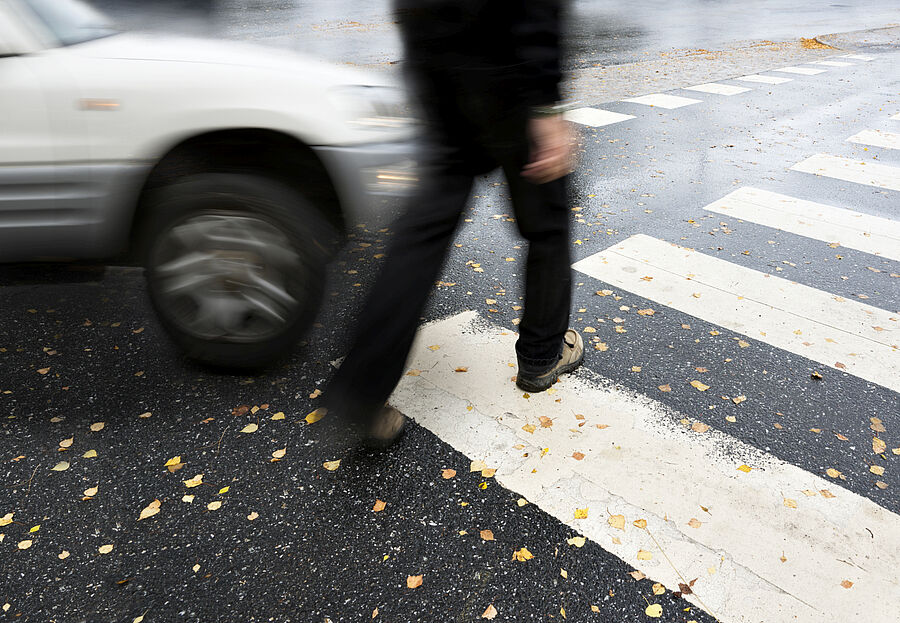Mobile Measuring Lab for Bicycle Infrastructure and Dynamics
The AIT BikeStar measuring bicycle was developed to precisely and objectively measure infrastructure for cyclists.
The BikeStar consists of a cargo bike equipped with high-precision, modern sensor technology. This allows measuring infrastructure for cyclists, which often lacks availability of detailed digital information (e.g. width, surface conditions, clearance), on the move. The use of a measuring bicycle means that even narrow paths are accessible, the cyclist’s perspective is maintained and the acceptance of the vehicle on the cycle path is increased.
Objectives
Creating a basis for planning
Missing information can be recorded precisely and over longer distances.
Carry out maintenance simply and precisely
In order to provide good and safe bicycle infrastructure, appropriate maintenance is necessary. By using BikeStar, defects and damage are objectively recorded and automatically classified using artificial intelligence, allowing targeted improvements to be implemented. In addition, comparisons with previous surveys are possible, enabling long-term, efficient planning.
Continuous development
The BikeStar, as one of AIT’s mobile measurement laboratories, is constantly being developed further. Specific issues can be researched using adapted sensor technology and/or data analysis and evaluation.
Design and measuring systems of the BikeStar
The cargo bike is a three-wheeled model that enables stable riding while recording data. The sensors and power supply are protected from inclement weather conditions in the transport box. The automatic gearshift and electric pedaling assistance ensure a comfortable and steady ride as well as an efficient measuring speed.
High-precision positioning
All measured factors are provided with precise coordinates by the dead reckoning system used. It provides centimeter-accurate values of the riding line, even with blocked or affected GNSS signals (e.g. due to urban canyons).
3D video and LiDAR
Special cameras provide images for a virtual tour from the office. This recording and the laser scanning data can be used for documentation and three-dimensional measurements: Widths, road and lane markings and their color, vegetation, cracks/asphalt damage (e.g. due to roots), traffic signs, lateral distances, visual relationships, etc. can be recorded.
Temperature sensor
Detection of road surface and air temperature. As heat is increasing, especially in heavily-built areas, comfortable cycling infrastructure must also take into account the prevailing temperatures.
Inertial measurement unit (IMU)
The angle and acceleration values supplied are used to determine unevenness (ride comfort), road inclination as well as curve radii and curvature.
Display and event trigger
Live information on the system status and route is shown on the display. The trigger button makes it possible to record special events (e.g. obstacles) or situations (from the rider’s perspective).
Mobile sensor technology - BikeStar light
Complementary to the development of the BikeStar, a compact set is also being created to investigate the riding dynamics of different bicycles and different people as well as overtaking behavior. Spatial intersection of data for jointly used road sections offers the possibility of making statements about problem areas in the field of infrastructure. Using the BikeStar light in people studies enables an objective comparison of the journeys based on the riding dynamics. It is also possible to combine BikeStar light and BikeStar data with measurements from other AIT infrastructure laboratories. For example, the AIT RoadLab, a measuring car, has been in use for a considerable time to measure cycle paths.





